Chauvet Cave, in the Ardèche valley of Southern France, holds an extraordinary number of Paleolithic paintings of Panthera atrox dating from 35,000 years ago. Cave lions were larger than Siberian tigers and once ranged from Los Angeles to Alaska and from Siberia to Western Europe. While some of the Chauvet lion drawings are crude and schematic, most are remarkably lifelike and naturalistic.
Social interaction where a dominant individual stands next to a snarling subordinate
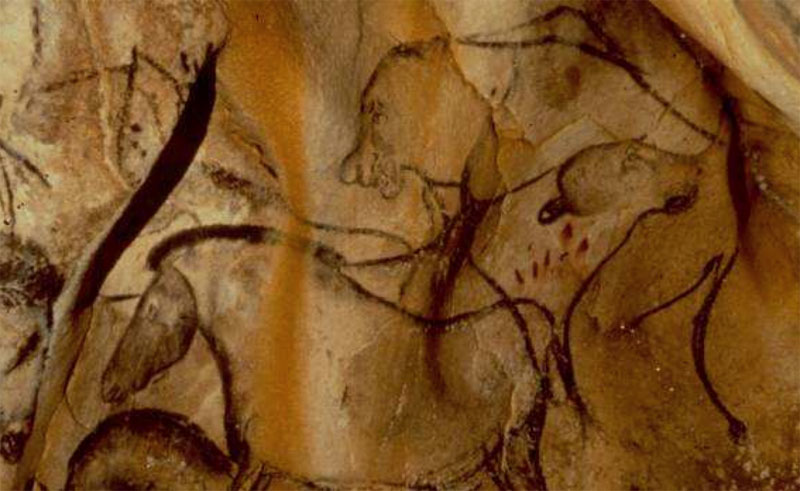
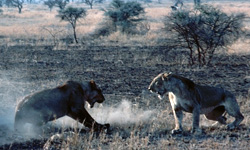
Courting pair with the male lowering his head and herding the female
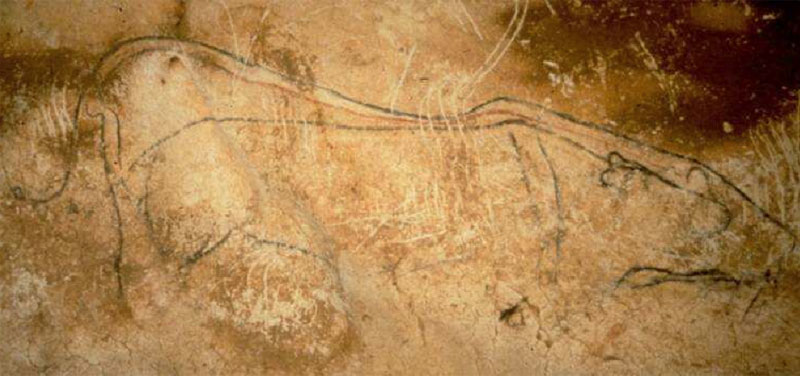
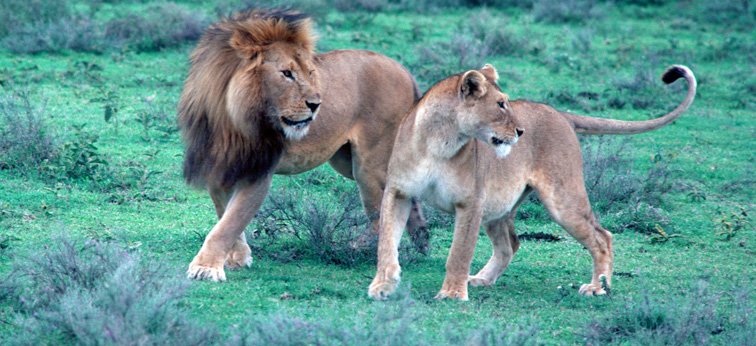
Bison watching two sitting lions

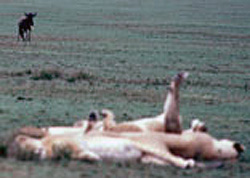
Other drawings show groups of hunting lions. Taken together the drawings reveal that P. atrox was social but that males lacked the manes of modern lions.
These paintings could only have been so accurate if the artists were able to observe lions from short distances—and yet the lions were sufficiently relaxed in proximity of the artists to behave naturally. Archeological findings in Africa indicate that humans were scavengers long before they became hunters, and lions and people certainly would have preferred to live along the same stretch of the Ardèche River where herbivores came to drink during dry times of year. Perhaps people along the Ardèche admired—rather than feared—lions, viewed them as the source of an easy meal, and became just as fascinated by lion behavior as people today.
RELATED
FURTHER READING